Bears Like Eating Apples
Through a long process of natural selection, larger and sweeter apples preferred by bears have spread widely through the Tian Shan.
Apples have a problem. It’s summed up in the German proverb ‘der Apfel fällt nicht weit von Stamm’. Translated as the apple never falls far from the tree, it means that children inherit the characteristics of their parents. For the apple, the issue is more fundamental because pips in fruit lying on the soil beneath the mother’s branches will either fail to grow or, if they do, will compete with the parent for light, space and nutrients.
Nature’s answer is large sweet juicy fruit, attractive to animals, especially bears. The brown bear has a particular fondness for apples and has played an important part in distributing apples in the fruit forests of the Tian Shan. For millions of years, cave-dwelling bears have eaten their way through the fallen wild apples in the forest or climbed branches, particularly selecting the larger fruit to gain weight to help sustain them through hibernation.
“Sometimes in the Tian Shan you would find an apple the bears really liked, and the tree had been virtually smashed to pieces – mostly by the baby bears who climb up the tree.”
Barrie Juniper
An apple consists of the fleshy pome surrounding the core (endocarp) comprising usually five carpels, each containing two pips.
To germinate, the pips must separate from the core and flesh as this contains active germination inhibitors. By passing through the bears’ digestive system, the pips are released.
Unlike with some other animals, the jaws and guts of the bear do little damage to the hard, tear-shaped pips and research indicates that the process might enhance the chances of seed germination.
“Seeds from the larger apples are deposited over vast areas of the Tian Shan.”
Barrie Juniper
Emerging from bear faeces, maybe helped by wild boar churning the ground, apple pips grow into apple trees away from the mother tree.
The Mountain that Bears Fruit © Suzie Owens 2021 commissioned by Apples & People
Commission: ‘The Mountain that Bears Fruit’ by Suzie Owens
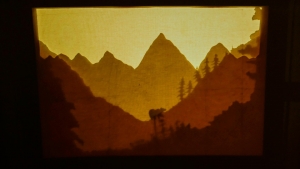
This is a wonderfully simple story, showing the link between apples and bears in the remote mountains of the Tian Shan.
Whilst innocent and quite comical, this story ultimately is about conservation and natural ecosystems. How left undisturbed, the natural cycles lead to the spread of beautiful wild orchards and the proliferation of the biggest, juiciest apples!
Suzie is a visual artist who currently works at About Face Theatre, as well as doing commission work. She has worked in theatre environments for 10 years after studying Film and Performance at Aberystwyth University. She has been particularly focussing on visual theatre design and puppetry.
Through a long process of natural selection, larger and sweeter apples preferred by bears have spread widely through the Tian Shan, waiting for humanity to pick them.
Sources:
- Juniper and Mabberley (2019) The Extraordinary Story of the Apple
- Traveset (1998) Effect of seed passage through vertebrate frugivores’ guts on germination: a review Perspectives in Plant Ecology, Evolution and Systematics
Thanks to:
- Dr Barrie Juniper, Emeritus Reader in Plant Sciences, University of Oxford
- Emily Gravett, author and illustrator. Orange Pear Apple Bear by Emily Gravett is published by Two Hoots, an imprint of Pan Macmillan.
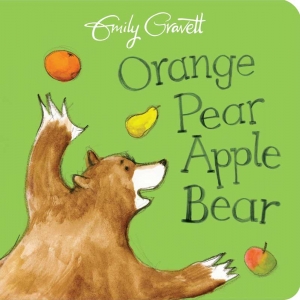

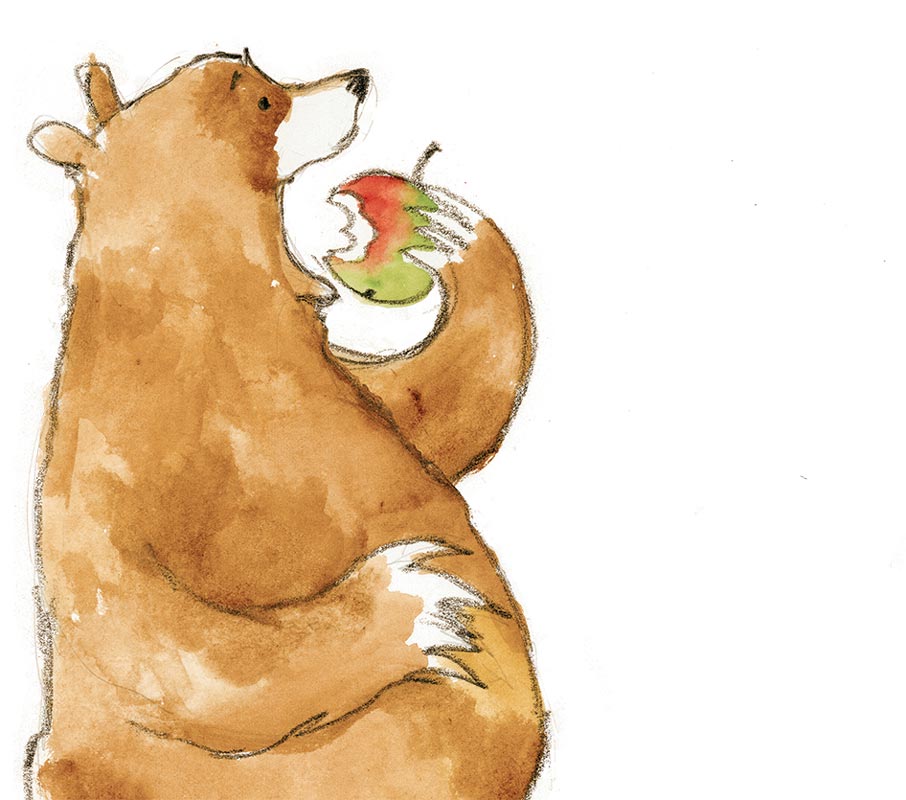
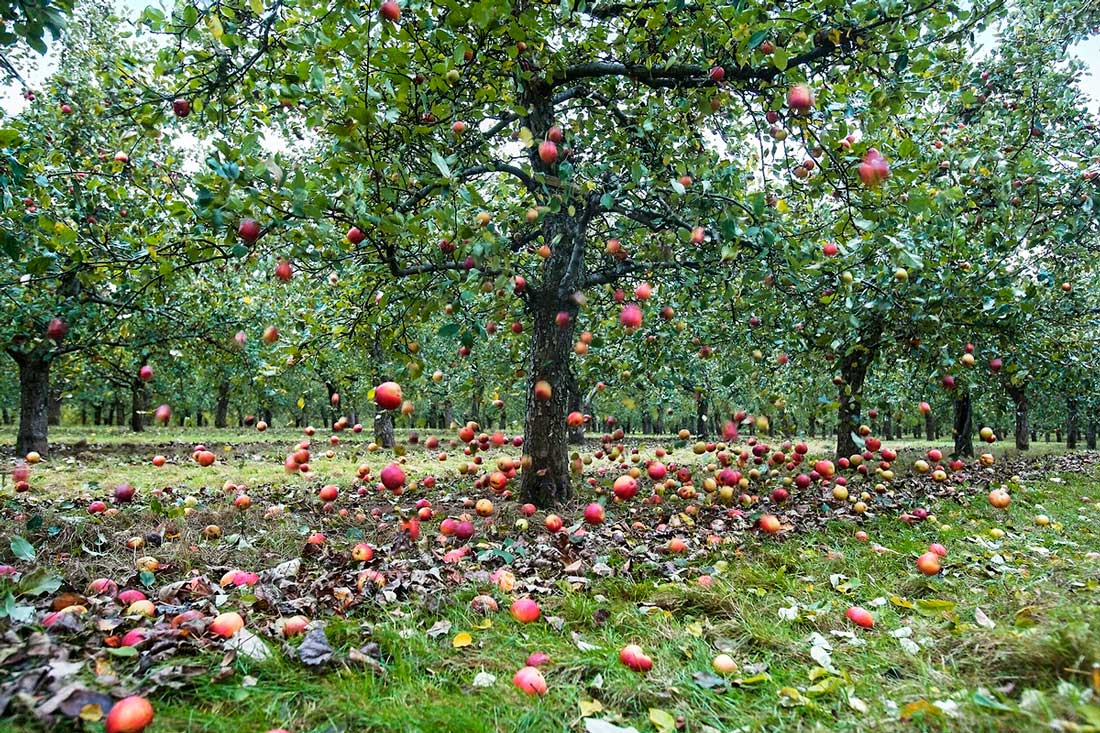




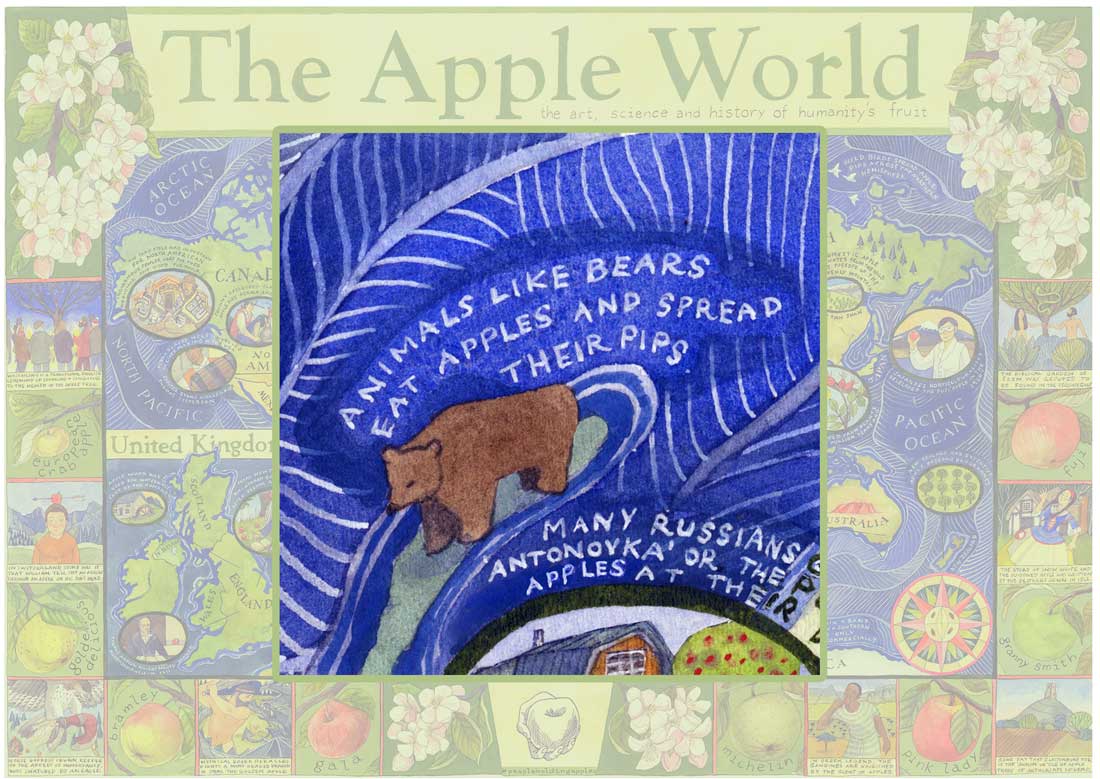


 Billy Apple® - Cut 1964, offset lithograph on T.H. Saunders paper, edition of 25 Courtesy of The Mayor Gallery, London © Billy Apple ®
Billy Apple® - Cut 1964, offset lithograph on T.H. Saunders paper, edition of 25 Courtesy of The Mayor Gallery, London © Billy Apple ® Apple tree at Woolsthorpe Manor, 1840, George Rowe after Thomas Howison, Drawing © The Royal Society
Apple tree at Woolsthorpe Manor, 1840, George Rowe after Thomas Howison, Drawing © The Royal Society